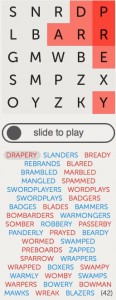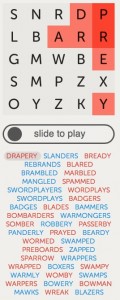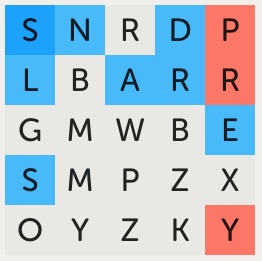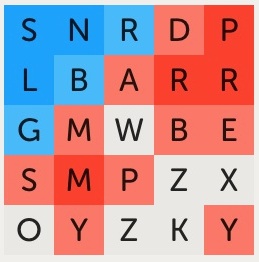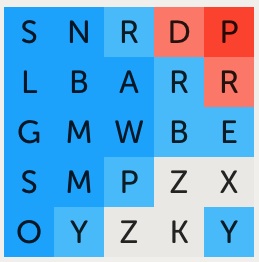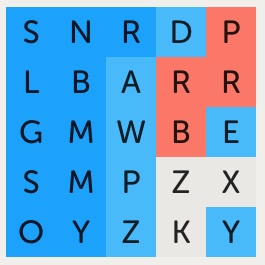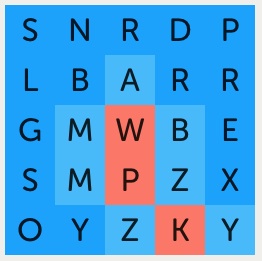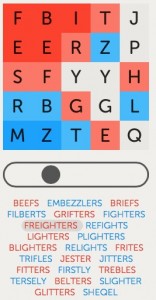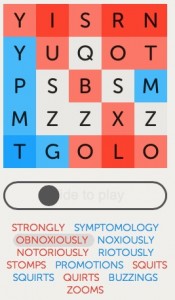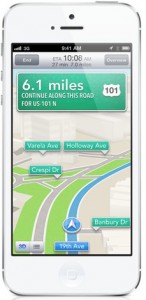We have an outdoor light fixture, mounted above our garage door. It’s both light and motion sensitive. This means that the light turns on, at a dim level, each day around dusk. If it detects any motion nearby, it bumps up to a brighter illumination. Around dawn, the light goes off again. This are exactly the features we wanted — and the light has functioned well for more than seven years.
I say all this at the outset because, despite where this article is about to go, I don’t want to create the impression that the light fixture is a piece of junk overall.
The problem I had with the light is one that it shares with a disturbingly large number of other objects and devices: There is an aspect of design that is so mind-numbingly stupid, you have to wonder if anyone at the companies that makes the devices ever actually test them out.
In the case of the light fixture, here’s what happened:
A few months ago, one of the fixture’s two bulbs died. I got out my stepladder, climbed up to reach the light and attempted to remove the dead bulb. As it turned out, there was a metal ring that surrounded the front of the bulb casing, holding a glass cover in place. I needed to remove the ring in order to access the bulb.
This would have been quite simple to do, except for one thing. The ring was held in place by a small screw. As later became apparent, the screw is completely unnecessary. Even without the screw, the friction and threading forces holding the ring to the casing are sufficient so that the ring would never unintentionally move or fall off. At best, the screw serves as a final trivial layer of protection. However, with the screw in place, it was impossible to remove the ring. The screw had to be removed.
Making matters worse (much worse!), the screw itself was extremely small — so small that none of the screwdrivers in my toolbox had a small enough blade to fit. I had to locate the drivers I use for eyeglass repairs and computer equipment to find one that was potentially small enough.
Still, the trouble was not over. In what I can only assume was the work of a sadistic designer, the screw was recessed inside a hole, a hole barely larger than the screw itself. This meant that most of my super-small screwdrivers were still not small enough to insert in the hole and reach the screw head.
After a period of trial-and-error, I finally found one driver that seemed ideal. It fit in the hole, inserted into the screw head and was capable of turning the screw. Except it didn’t.
What was the problem now? After years of being outside and exposed to the elements, the screw had corroded. This might have been avoided if the manufacturer had used stainless steel screws, but they didn’t. No matter how hard I tried, the screw would not budge. I was in danger of stripping the screw if I kept trying.
I got out my trusty WD-40. To no avail. I went to our local hardware store and asked for advice. They recommended a rust-penetrating spray that was supposedly much better than WD-40 for this problem. Again, to no avail. The light fixture remained impenetrable, silently taunting me.
I was literally “screwed.” I have another phrase I use to describe this situation: “stymied at step one.” Whether I’m trying to assemble a piece of furniture, configure some new electronic device or (in this case) do some minor maintenance, I get out the instructions and the very first step appears impossible to do. Infuriating.
I finally gave up on the light fixture and called for reinforcements — a “handyman” that I periodically recruit for jobs that seem beyond my pay grade. Much to my surprise, he was ultimately just as stymied as I was. After about 30 minutes of trying and failing to remove the screw, he told me it would be cheaper and faster to buy a new light fixture and have him install it — rather than pay him to continue to try to extract the immovable screw. As a bonus, with the new fixture, I would have all new components, making it less likely that other repairs would be needed anytime soon.
Although I felt like I was admitting defeat, bested by an inanimate object a few millimeters in size, I agreed.
I was able to buy what appeared to be a slightly newer version of the exact same fixture I had purchased years ago. It did have one significant difference: the infamous screw was now noticeably larger and was no longer recessed in a hole. Its head sat above the ring’s surface. As you might guess, this made it much much easier to access and remove the screw. Although I could have left it in place, I was taking no more chances. I removed the screw and tossed it. It would never be able to stymy any future maintenance.
Several weeks have now gone by. The new fixture is working well and the ring remains in place.
As I reflect on this (and similar other) incidents, the same question keeps recurring: How could the company that made the object have made such a stupid design decision? If I were examining a test version of the fixture, I would have immediately spotted the difficulty with accessing the screw. And I don’t design light fixtures for a living. Did anyone at the company bother to check how hard it would be to remove the screw? Did they even care?
Cynics may claim that the design is a deliberate strategy, with a goal (successful in my case) of getting the owner to buy a new fixture rather than replace the bulb. I’m skeptical of this. If that were true, they would not have redesigned the fixture in the newer model. Rather, it seems more a case of negligence and ineptitude. Rather than take the time to worry about these matters, it’s easier and probably cheaper for them to make stupid decisions and solve any problems after-the-fact, if at all.
Screwed at any size
As it turns out, problems with screws and bolts and such can occur no matter what their size. At the other end of the size spectrum, consider the recently discovered problem with new eastern span of the San Francisco-Oakland Bay Bridge. Scheduled to open this Labor Day, after more than 10 years of construction, Caltrans acknowledged last week that “one-third of the threaded steel rods used to bolt down two massive steel boxes below the new bridge deck” had snapped when tightened.
That would be bad enough. What makes matters much worse is a “design” issue: “The failed rods, which are up to 17 feet long, can’t be replaced easily as there is no longer room to put in new ones because the bridge’s roadbed has already been installed. Engineers will have to fashion a fix.” More precisely, the access opening to the bolts is about five feet in diameter, but the bolts themselves are wider than that. Oops.
Stupid by (web) design
These sort of problems are by no means restricted to hardware. If you use a computer, you likely confront such issues on a regular basis. Hardly a day goes by that I do not curse out some website. In one case, I was promised a price reduction if I redeemed a code. Unfortunately, I reached the point where the site asked for my credit card information and instructed me to click Purchase Now — without any opportunity to enter any sort of code. If I clicked the button, I feared I would be charged the full price.
As it turns out, the redemption box does appear, but only after you click the purchase button. I had to call the company to find this out (as I was unwilling to click to purchase before I knew I would get the discount). Again, I have to wonder, did anyone at the company walk through this purchase procedure before the site went live? Did it not occur to anyone that this sequence might cause a purchaser to hesitate and ultimately not buy their product? I guess not. It’s just another example of “stupid by design.” One too many.

